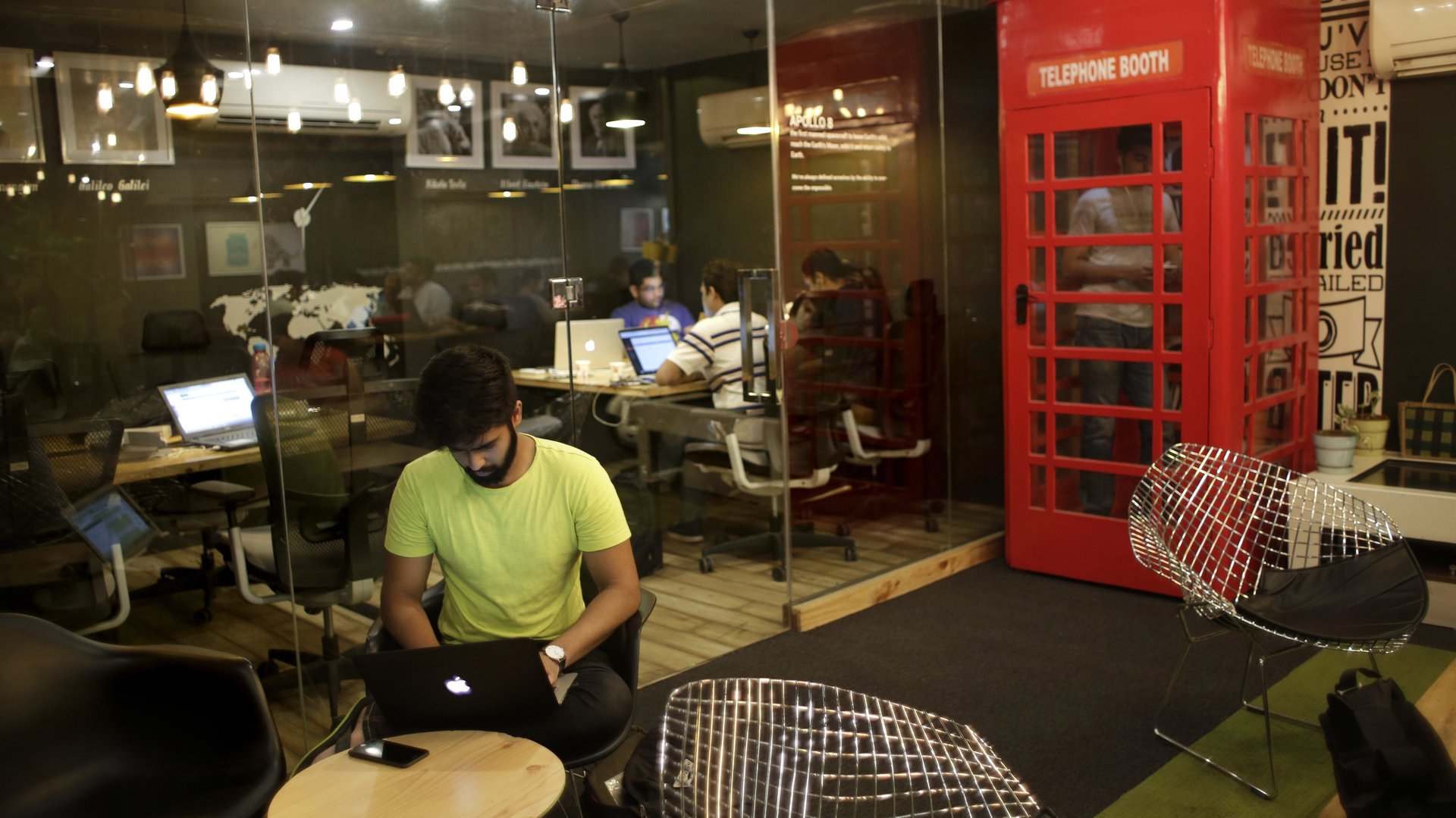Charted: India’s growing gig workforce is young, gender skewed, and underpaid
The Indian workforce has caught up with the global gig economy trend, but employers in the country seem to be lagging when it comes to compensating freelancers.


The Indian workforce has caught up with the global gig economy trend, but employers in the country seem to be lagging when it comes to compensating freelancers.
Freelancers in India, roughly 25% of the world’s gig workforce, don’t earn as much as their peers in other countries. They work for an average hourly rate of $18 (Rs1,282) as opposed to a global average of $21, according to the 2020 Freelancer Income Report by Payoneer, a global digital payments platform.
Yet, Indian millennials and Gen Z-ers have embraced this trend. Three in every four Indian freelancers are aged below 35, according to the survey conducted among over 7,000 respondents from 150 countries. “Indian freelancers saw a (year-on-year) revenue growth of 29% in 2019,” Rohit Kulkarni, Payoneer’s regional head for South Asia, told Quartz. “Freelancing’s popularity is attributed to the potential for a greater job opportunity, independence, higher incomes, and a promising move in the direction of wage equality.”
A majority of young freelancers could be a reason why India falls behind in the global pay curve, given that Baby Boomer freelancers have the highest incomes from freelance projects globally.
Tech hub
Freelancers in India largely work in software and IT services projects.
Among the most popular freelancing fields in India was web and graphic designing and 25% Indian respondents had undertaken projects related to these. This was closely followed by IT services (20%) and programming (15%). This correlates with popular freelance fields globally.
Women lead the way
In India, according to Payoneer, 20% of the freelancers are female. While female participation in the gig economy is rising, this number is particularly disappointing. The US, for instance, has 44% women among freelancers.
But Payoneer’s report found that the lower the female participation in the gig workforce, the more income parity there was between men and women. In Asia-Pacific, women, only 17% of the female freelance population, earned 87% of what their male counterparts made.